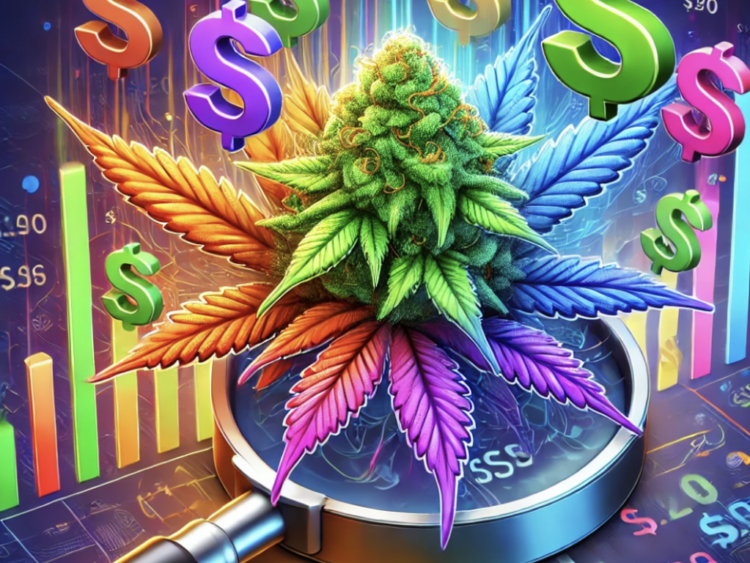Differences in state-by-state prices of cannabis are staggering. For example, if you live in North Dakota, where all forms of cannabis is illegal, you might be paying up to 82% more for your joints than a fellow consumer in Arizona.
Based on data from Price Of Weed, we looked at interesting disparities in cannabis prices across the U.S.. Price of Weed is a widely used directory that crowdsources information on the street value of cannabis. The platform allows consumers to anonymously report their latest cannabis purchases.
Price Index for August 2024 illustrates a varied landscape of cannabis costs, calculated per ounce, across different states. Check it out:
Quality: A Quarter Of Total Price
The average price of high-quality cannabis is $320.07 per ounce, while mid-quality cannabis costs $258.31 per ounce on average. This means the difference between average high-quality and mid-quality cannabis is approximately 24%.
For high-quality cannabis, Arizona offers the lowest average price at $258.88 per ounce, reflecting a more mature market with better supply conditions. As mentioned, North Dakota shows the highest average price at $382.17 per ounce. As proven time and again, making cannabis illegal only drives prices up.
Mid-quality cannabis averages $258.31 per ounce across all states. Mississippi emerges as the most economical option, with an average price of $172.11 per ounce. If you are in Mississippi, you are getting the cheapest weed in the country. In contrast, South Dakota has the highest prices at approximately $336.88 per ounce.
Prices Of Weed Shifts By Region
Medical marijuana is legal in 38 states and recreational cannabis is legal in 28. Also, cannabis is still federally banned as is interstate commerce. Although that doesn’t prevent consumers from crossing state lines to consume or bring weed back home. This contributes to regional prices, while it limits the formation of a less disperse national average price.
On the East Coast, including states like Maine, New Hampshire, Massachusetts and New York, the average price rises to $330.10 per ounce. The relatively recent legalization in many of these states often results in limited supply, distribution problems and higher prices. Additionally, the regulatory environments in these states can add to operational costs for cannabis businesses, which are then passed on to consumers.
In the central states, the average price for high-quality cannabis stands at $328.73 per ounce. This region exhibits variation, with states like Colorado having more mature markets and lower prices, while states with restrictive laws see higher prices. The logistical challenges of distributing cannabis across vast rural areas also contribute to higher costs.
Read Also: Cannabis Market’s Trading Volume Surges Up 292%, Viridian Capital Highlights Mixed Liquidity
Medical Marijuana States Are Punishing Users
On average, consumers in medical-only states pay about 31% more for high-quality cannabis than those in states with fully legal cannabis markets.
In states where cannabis is fully legal, including California, Oregon, Colorado and Nevada, the average price for high-quality cannabis is $245.37 per ounce. These markets are competitive with greater supply, which helps keep prices down.
In states where cannabis is only available for medical use, such as Alabama, Florida, Georgia, Minnesota and Texas, the average price for high-quality cannabis is $321.65 per ounce. Limited licenses and lower overall supply contribute to higher prices. Moreover, the regulatory framework in these states often imposes stricter controls.
Overall Differences Are Significant
These insights highlight the significant impact of regulatory environments, market maturity and regional factors on cannabis prices across the United States. As the cannabis industry continues to evolve, monitoring these trends will be crucial for understanding the economic landscape, making informed decisions and defending consumers’ rights.
Methodological Note
The dataset includes both legal and illicit markets without distinguishing between the two. Reports are cumulative, lending credibility to the data, although historical variations might be impacted due to the lack of time segmentation. This characteristic makes the data more effective for highlighting differences between states rather than tracking trends over time. The District of Columbia was intentionally left out of the analysis.
- Read Next: Who Is Buying Marijuana And Why? Market Data Provides Behavior, Profiles & Insights For Investors

Cover: AI created image









